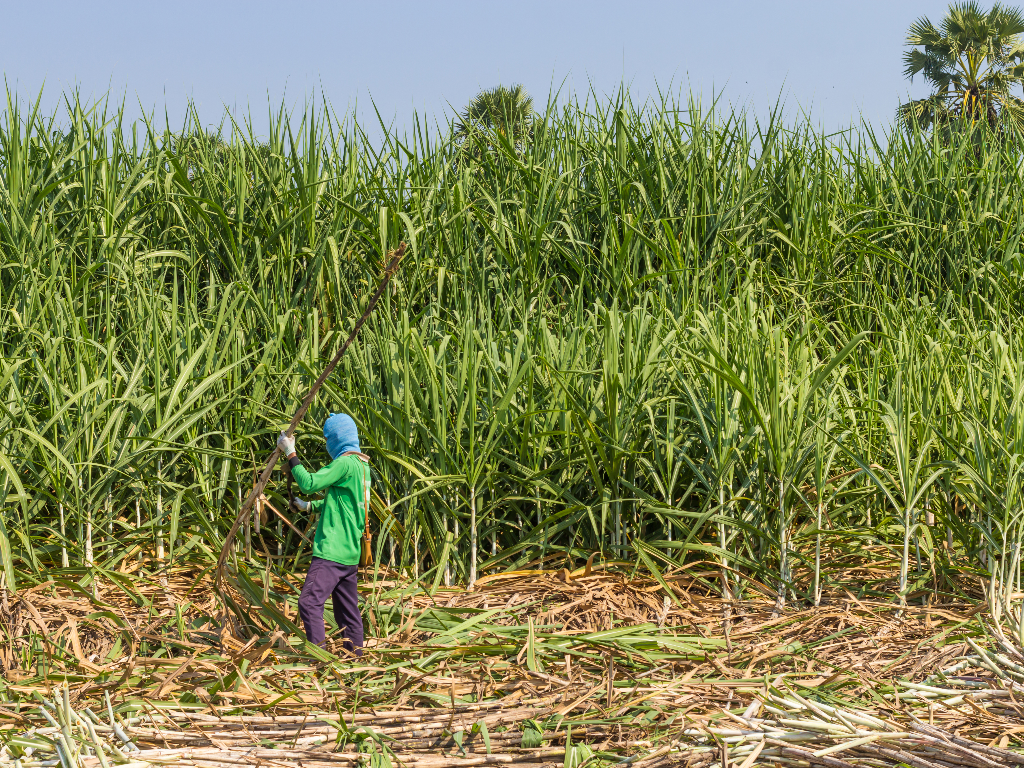By Okoti Gilbert
The sugarcane supply chain is a comprehensive system encompassing the growing, harvesting, transporting, and processing of sugarcane from the field to the mill. Recently, increased competition within Kenya’s sugar industry and rising demand for sugar have prompted millers to increase their throughput, sometimes at the expense of cane development requirements.
Sugarcane mill throughput refers to the amount of sugarcane a mill can process within a specific period, determined by factors such as hourly crushing capacity, number of working hours, maintenance schedules, and frequency of breakdowns. Throughput is a key determinant of the length of the harvest and milling season.
Mills are typically designed to process cane of average quality throughout the season. However, a mill’s throughput is often inconsistent: crushing is constrained by fiber levels at the start of the season, sucrose levels in the middle, and non-sucrose levels toward the end, when most cane is at the maturing stage.
The milling season refers to the length and timing of harvesting and crushing operations in a sugar-producing area, and this varies widely between regions. The milling season is essential for ensuring the continued profitability and competitiveness of supply chain participants. Factors affecting the milling season include climate, agronomic practices, economic considerations, industry rules, government policy and legislation, and even internal politics between growers and millers.
The legally instituted Kenya Sugar Board, tasked with regulating and implementing policies to enhance the production, processing, and marketing of sugar, is mandated to balance the crushing capacity of sugar mills, sugarcane production, and cane availability. This ensures that mills can crush according to their requirements throughout the season. The Board does this by enacting policies that encourage millers to:
a) Vary mill throughput for a fixed crop of sugarcane.
Varying mill throughput for a fixed sugarcane crop can be optimized to maximize sugar extraction and minimize costs, through adjustments such as roller speed, feed rate, and mill settings, according to the characteristics of the cane and the desired extraction rate during the season.
b) Vary the size of the sugarcane crop for a fixed mill throughput.
To maintain consistent mill throughput despite changes in crop size, farmers can implement strategies such as adjusting planting schedules, using different sugarcane varieties with varying maturity times, and optimizing harvesting practices. This ensures a steady supply of cane to the mill, even when overall crop size fluctuates.
c) Vary both mill throughput and crop size.
This involves optimizing both the amount of sugarcane processed by a mill and the total area or yield of the sugarcane crop during a given period.
A clear cane mill throughput and supply policy should be enforced, taking into account scheduled maintenance and mill breakdowns when evaluating a mill’s crushing potential. Implementing slow crushing policies when necessary ensures that the crush rate is slowed down to prevent a complete stop.

